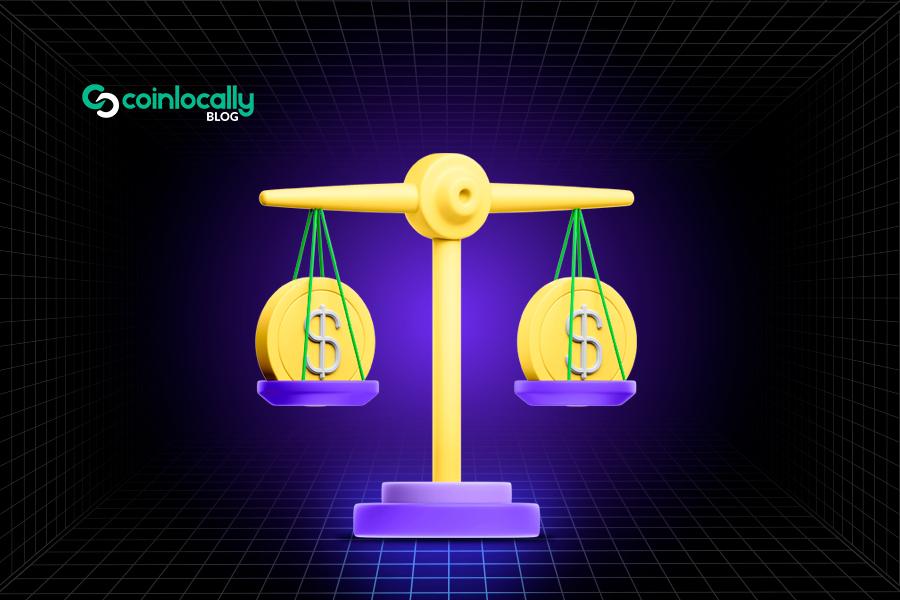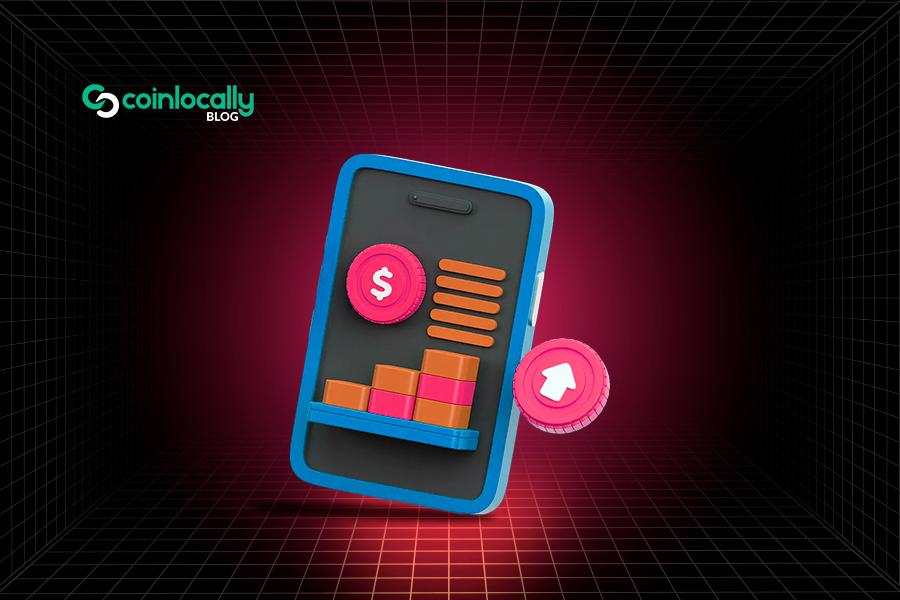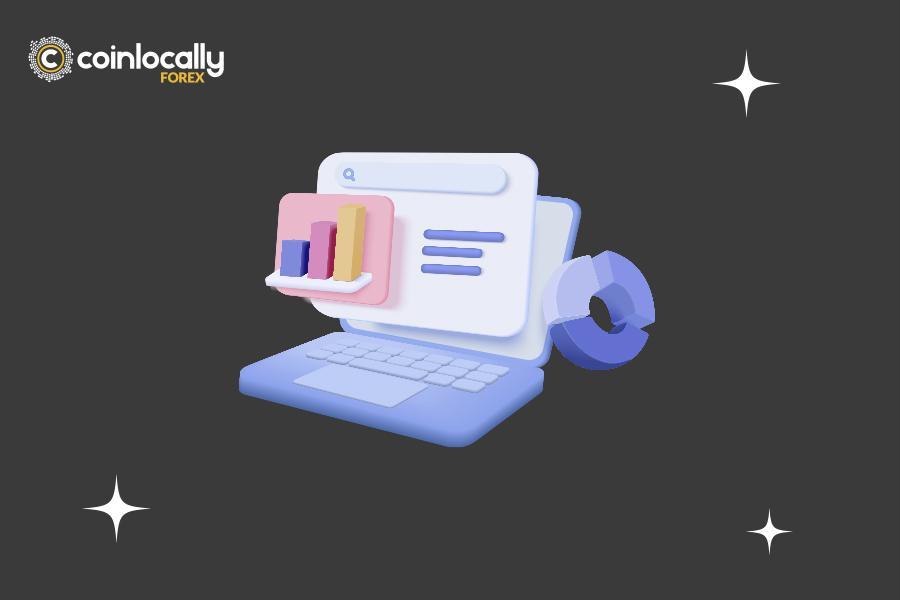Countries exchange goods and services across borders in a global economy, and currency values fluctuate daily. Understanding these dynamics is essential to comparing economies fairly. This is where the concept of purchasing power parity becomes invaluable. For anyone trying to grasp international economics or understand the actual value of a currency, asking “What is purchasing power parity?” is the right place to start.
Purchasing power parity, often called PPP, is an economic theory and method used to determine the relative value of currencies by comparing the prices of a standard set of goods and services in different countries. Instead of looking at nominal exchange rates, PPP focuses on what people can buy with their money locally. It provides a better reflection of living standards and economic strength than market exchange rates alone.
Table of Contents
Understanding What Is Purchasing Power Parity
When economists ask “what is purchasing power parity,” they are trying to find a consistent me,thWhatf comparing the economic ou. “They’re living standards across countries. The central idea of PPP is straightforward. In a world without transaction costs or trade barriers, the same basket of goods should cost the same in every country. This is true when the prices are expressed in a common currency.
For example, if a loaf of bread costs $2 in the United States and 1.5 euros in France, the PPP exchange rate would be 1.33 dollars per euro. If the exchange rate differs, say 1.10, the euro would be considered undervalued relative to the dollar in PPP terms.
PPP is not just about comparing food or clothing prices. It covers many goods and services, including housing, healthcare, transportation, and education. This makes PPP an all-encompassing measure for assessing how far a unit currency goes in different parts of the world.
Why PPP Is Important in Economic Analysis
One of the most practical uses of understanding purchasing power parity is its ability to create fair comparisons between countries. Without PPP adjustments, looking at raw GDP numbers or average incomes can be misleading. For instance, a country with a lower nominal GDP might offer higher living standards if goods and services are significantly cheaper.
Economists, governments, and organizations often use PP, P, as the World Economic Forum, to compare the economic well-being of populations. It helps adjust data to often use PPP accounts for the real cost of living, making it easier to evaluate whether citizens in one country are better off than others.

How PPP Is Calculated
It is essential to understand the process to answer the question of purchasing power parity. This involves comparing the prices of a standardized basket of goods and services across different countries. Here’s how it works in simplified terms:
- A typical household selects a basket of goods that represents its average consumption.
- We collect price data from multiple countries for identical or closely comparable items.
- Each country calculates the basket’s total cost in its local currency.
- We compare the totals to calculate the purchasing power parity (PPP) exchange rate between the currencies.
If a basket of goods costs 100 US dollars in the United States and the equivalent basket costs 1,000 pesos in another country, then the PPP exchange rate would be 10 pesos per dollar.
The market exchange rate frequently deviates from the theoretical rate because interest rates and inflation expectations influence it. Capital flows also significantly affect this difference. We can determine whether a currency is overvalued or undervalued by examining the gap between the two rates.
Real-World Applications of PPP
Once someone understands purchasing power parity, the applications of this concept become clearer. PPP-adjusted figures are used in various fields:
- Comparing GDP: GDP based on PPP gives a more accurate representation of economic productivity and living standards. A country with a lower nominal GDP might rise significantly in PPP rankings due to lower living costs.
- Wage Comparisons: Employers and global HR professionals use PPP to evaluate fair wages and compensation packages across countries.
- Currency Valuation: Investors and analysts use PPP to estimate the actual value of currencies, helping inform currency trading and investment decisions.
- Poverty Measurement: Organizations use PPP to assess global poverty levels more fairly by reflecting actual purchasing power rather than nominal income.
Limitations of PPP
While PPP is powerful, it’s not without limitations. Asking what purchasing power parity is must also involve an understanding of its weaknesses:
- Not All Goods Are Tradable: Some goods and services, such as rent and healthcare, have significantly different prices across countries and are difficult to trade or standardize.
- Data Collection Is Complex: Gathering price data from multiple countries is a massive effort, and accuracy depends on the availability and reliability of this information.
- Differences in Consumption Patterns: People in different countries buy different products, making it hard to select a universal basket of goods.
- Currency Volatility: PPP is more useful for long-term comparisons, as short-term exchange rate movements can distort market values.
Despite these limitations, PPP remains one of the most respected tools in international economics. It may not perfectly reflect every nuance of global pricing, but it provides a solid baseline for comparing economies and adjusting for cost-of-living differences.
Conclusion on what is purchasing power parity
So, what is purchasing power parity? The text compares currencies and economies by examining the real cost of goods and services. It does not rely solely on nominal exchange rates. This method shows which countries offer better value for money. It also highlights where living standards are improving or declining. Additionally, it explains how to accurately measure global wealth and productivity.
Whether you are an investor assessing market opportunities, a policymaker evaluating aid programs, or a traveler curious about your money’s value abroad, understanding purchasing power parity is essential. It provides a clearer perspective on the economic landscape. It is vital in bridging the gap between theory and reality in international economics.




